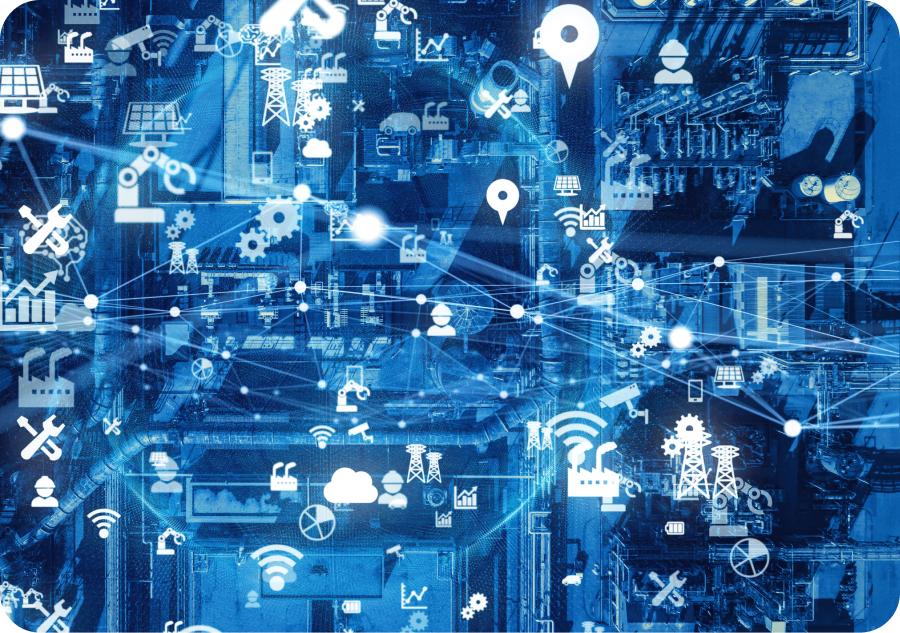Multifamily Maintenance Software Built for Excellence

Why Your Property Needs the Best Multifamily Maintenance Software
Maintenance is the backbone of successful multifamily property management. When maintenance tasks are handled efficiently, tenants are happy, properties stay in top condition, and long-term costs are kept under control. However, managing maintenance manually—especially in large properties—can be overwhelming. This is where the best multifamily maintenance software comes into play, providing property managers with the tools they need to keep operations running smoothly and residents satisfied.
The Challenges of Manual Maintenance Management
Property maintenance is a complex, ongoing process that involves everything from routine inspections and repairs to emergency fixes and preventive maintenance. Managing these tasks manually is not only time-consuming but also fraught with potential errors. Paper-based systems and spreadsheets can’t keep up with the fast pace of modern property management. Information can get lost, tasks can be forgotten, and communication can break down—all of which can lead to costly delays and dissatisfied tenants.
For instance, a tenant reports a broken appliance, but the request gets lost in the shuffle of daily operations. Days go by, and the tenant becomes increasingly frustrated with the lack of response. This not only affects tenant satisfaction but also risks a negative review or even a lease termination. Such scenarios are all too common when relying on outdated methods of maintenance management.
The Power of Property Maintenance Management Software
The best multifamily maintenance software is designed to address these challenges head-on by streamlining every aspect of maintenance management. From the moment a maintenance request is submitted, the software takes over, ensuring that the request is logged, assigned, and tracked until completion. This level of automation not only saves time but also drastically reduces the likelihood of errors.
One of the most significant advantages of using property maintenance management software is its ability to centralize all maintenance-related information. Whether it’s work orders, maintenance schedules, or vendor contact details, everything is stored in one easy-to-access location. This eliminates the need to dig through filing cabinets or sift through email chains to find the information you need.
Moreover, the software provides a clear, real-time overview of all ongoing maintenance activities. Property managers can see at a glance what tasks are in progress, who is handling them, and when they are expected to be completed. This transparency is crucial for staying on top of maintenance tasks and ensuring that nothing slips through the cracks.
Enhancing Efficiency with a Property Work Order System
At the heart of the best multifamily maintenance software is a robust property work order system. This system is essential for managing maintenance requests efficiently and ensuring that all tasks are completed promptly. When a tenant submits a maintenance request, the software automatically generates a work order, assigns it to the appropriate technician, and tracks its progress until completion.
The property work order system also allows for easy communication between property managers, maintenance teams, and tenants. Tenants can be updated on the status of their requests in real-time, reducing the need for follow-up calls and emails. This not only improves tenant satisfaction but also frees up time for property managers to focus on other important tasks.
In addition to handling tenant requests, the property work order system is invaluable for managing preventive maintenance. Regular maintenance is crucial for keeping properties in good condition and avoiding costly repairs down the line. The software can schedule and track preventive maintenance tasks, ensuring that they are completed on time and in accordance with the property’s maintenance plan.
Integration with Other Property Management Tools
The best property maintenance software doesn’t operate in isolation—it integrates seamlessly with other property management tools to provide a comprehensive solution. For example, when a tenant submits a maintenance request through the multifamily property management software, the maintenance software automatically creates a work order and assigns it to the appropriate technician. This integration ensures that all aspects of property management are connected, reducing the risk of communication breakdowns and improving overall efficiency.
Integration with multifamily inspection software is another key feature. Inspections often reveal maintenance issues that need to be addressed, and having these tools work together ensures that any problems identified during inspections are immediately logged as work orders. This seamless flow of information is crucial for maintaining high standards of property maintenance.
The Benefits of Data-Driven Maintenance Management
One of the most powerful features of multifamily maintenance software is its ability to provide data-driven insights into your property’s maintenance operations. The software tracks every maintenance task, from routine repairs to major overhauls, and compiles this data into comprehensive reports. These reports provide valuable insights into the efficiency of your maintenance operations, helping you identify trends, spot inefficiencies, and make informed decisions about how to improve.
For example, if the software reveals that certain types of repairs are taking longer than expected, you can investigate the cause and take steps to address it—whether that means providing additional training for your maintenance team, investing in better tools, or streamlining the work order process. Over time, these incremental improvements can add up to significant gains in efficiency and cost savings.
Additionally, the software’s reporting features allow you to monitor the performance of individual technicians or vendors. This can be invaluable for identifying high-performing team members who might be ready for more responsibility, as well as for spotting underperformers who may need additional support or training.
Enhancing Tenant Satisfaction and Retention
At the end of the day, the primary goal of any property management team is to keep tenants happy. Satisfied tenants are more likely to renew their leases, recommend your property to others, and leave positive reviews. Effective maintenance management plays a critical role in achieving this goal. When maintenance requests are handled promptly and professionally, tenants feel valued and cared for—a feeling that’s essential